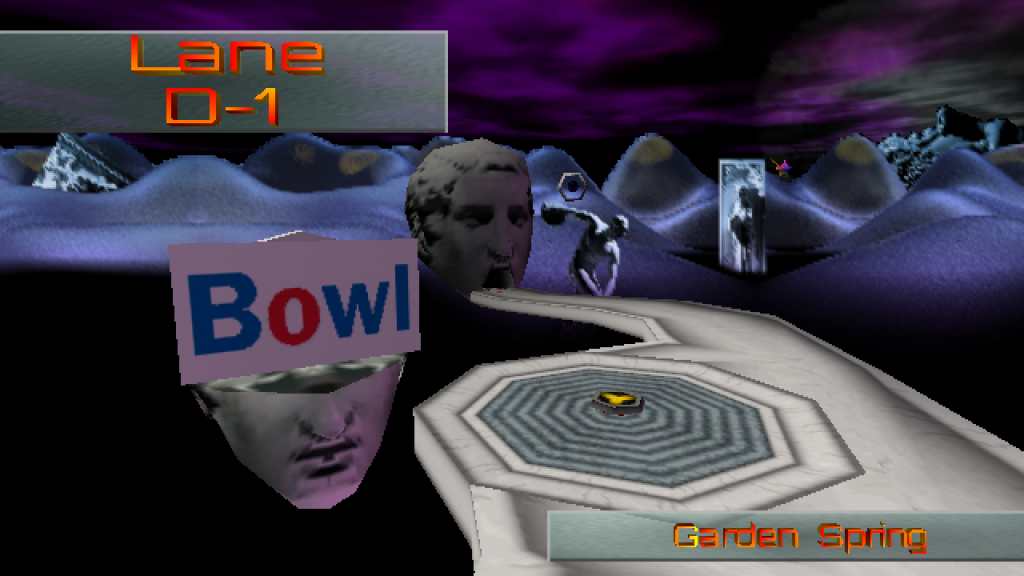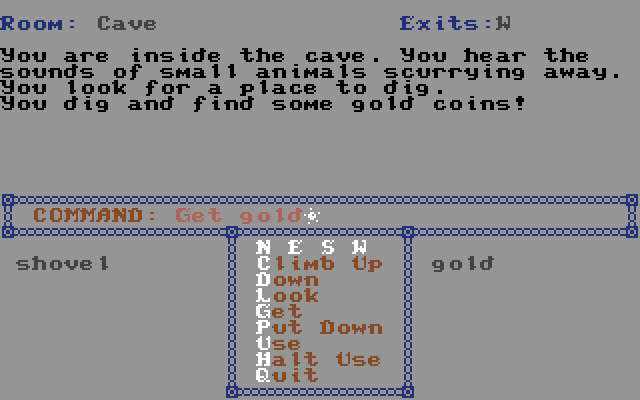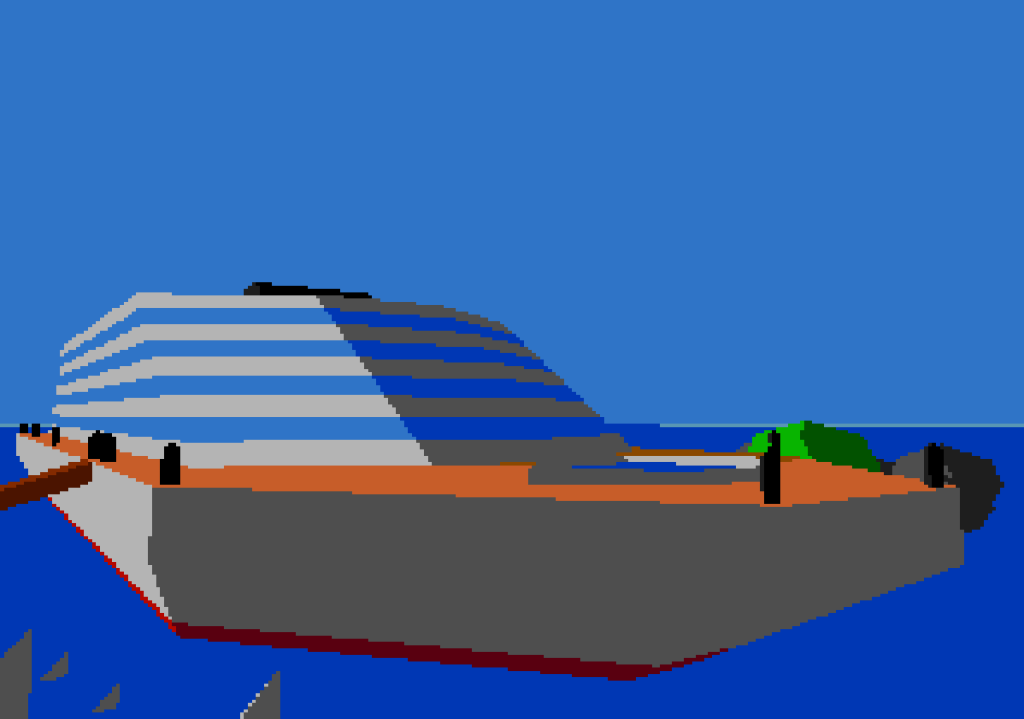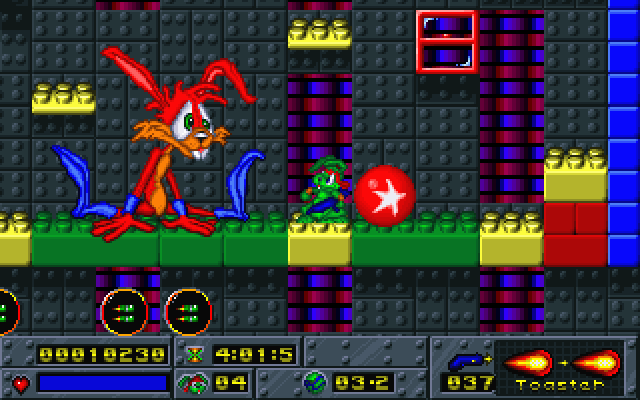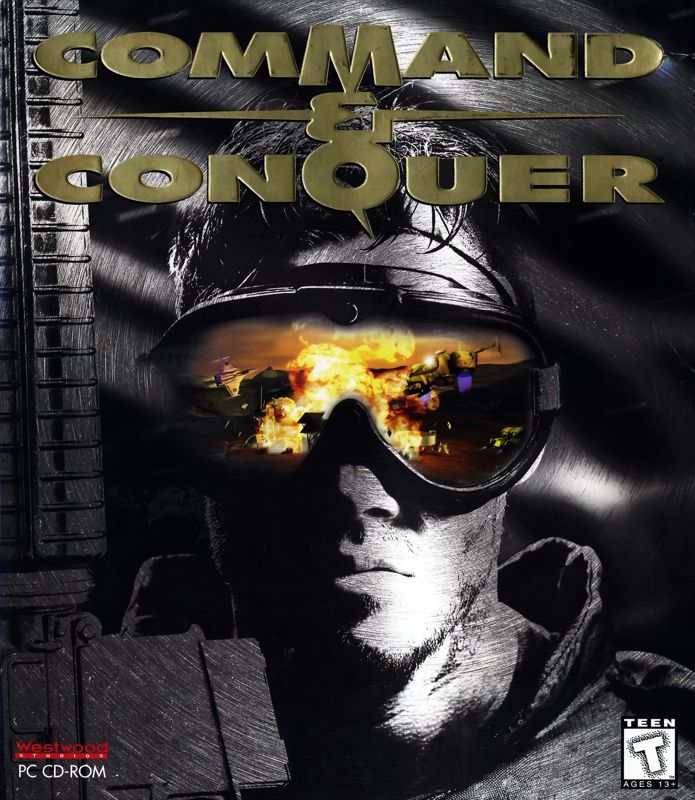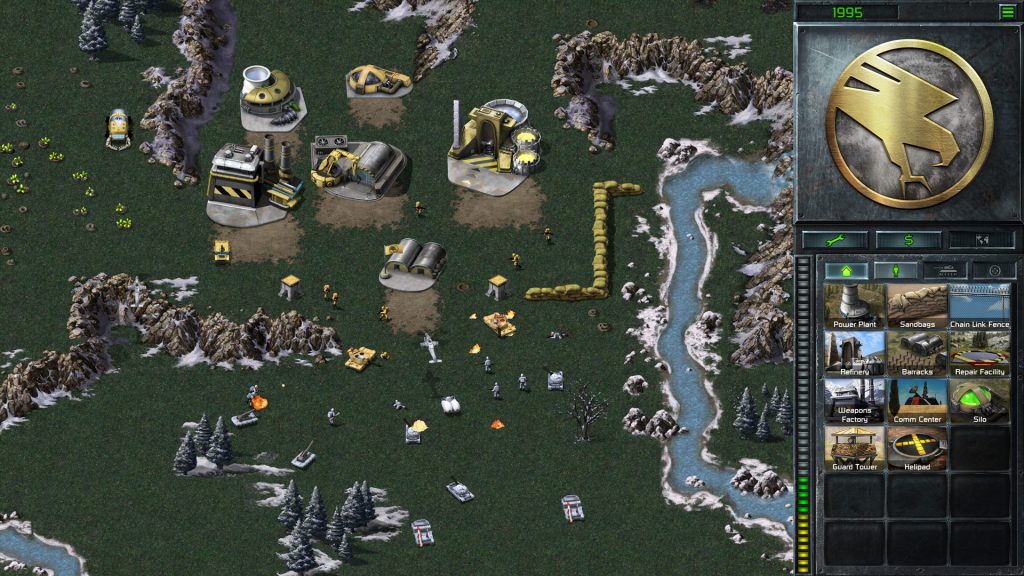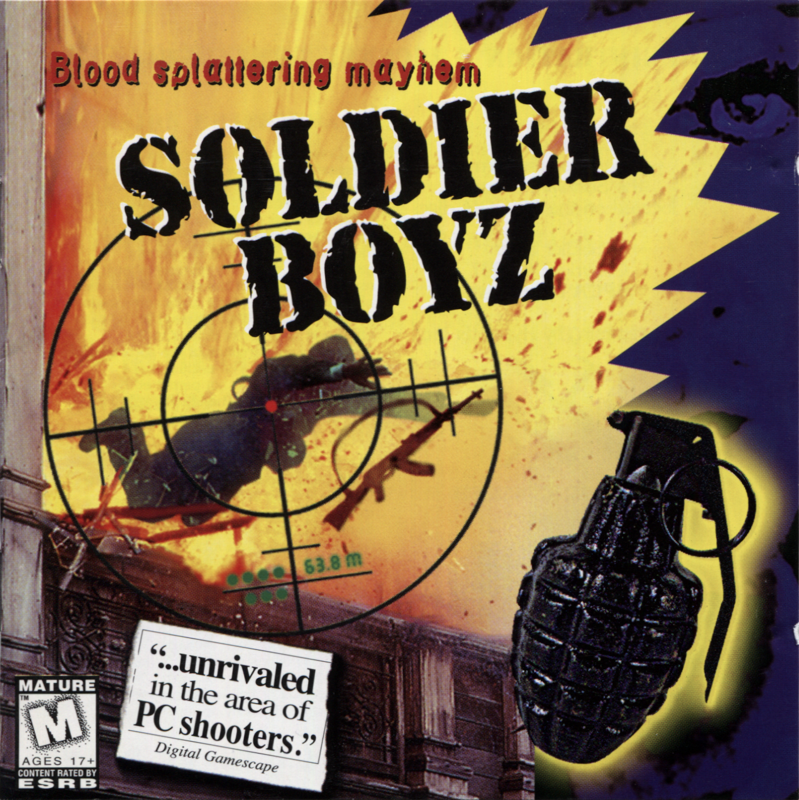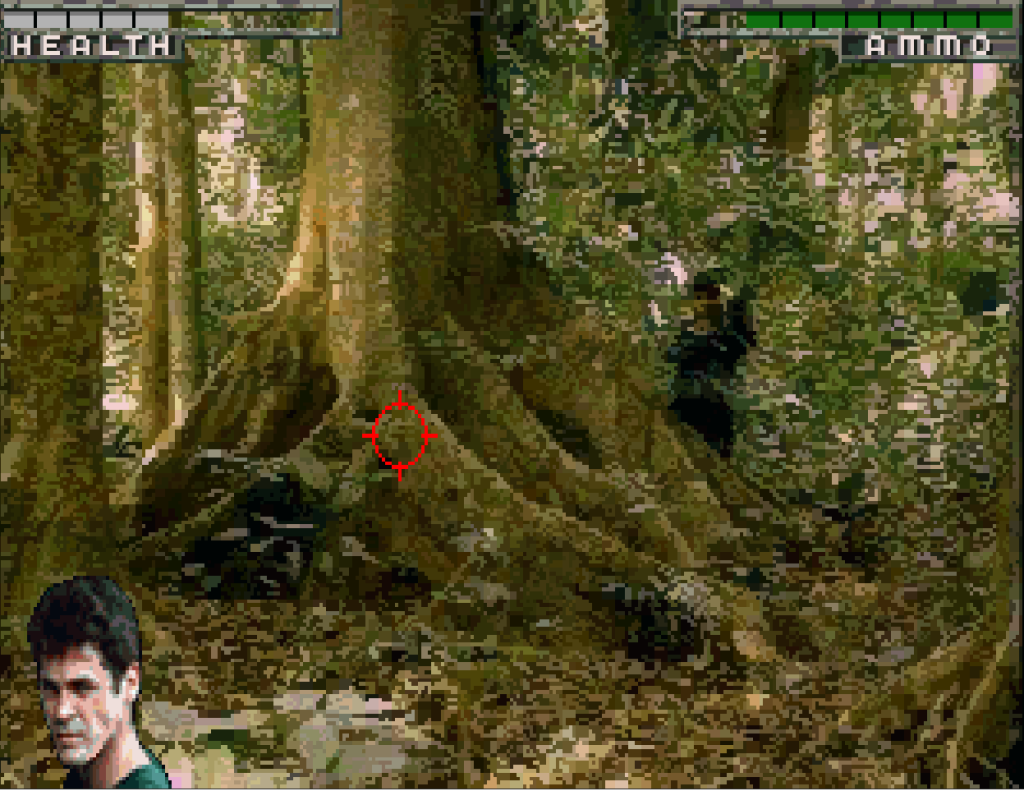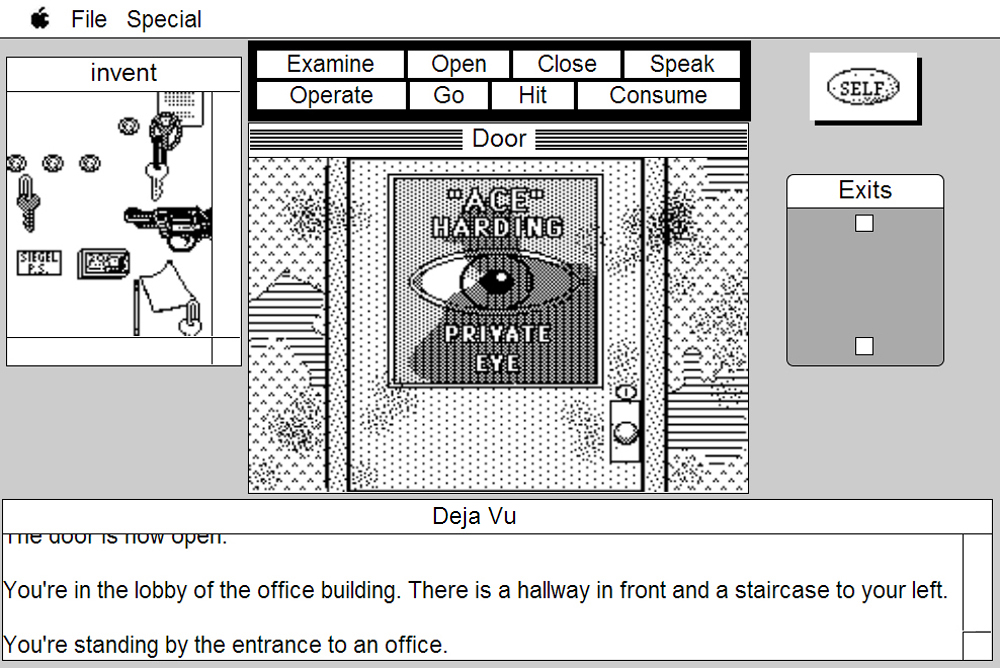Developer: Ben Croshaw
Publisher: Ben Croshaw
Year: 2001
Genre: Adventure Game
In the early 00’s, adventure games were in a weird spot with Sierra imploding and Lucasarts pulling away from adventure games. There were still a few commercial adventure games being made but with the advent of tools like Adventure Game Studio, the adventure game community decided to make their own adventure games. One of the most interesting projects from this time was Reality-on-the-Norm, a community effort to create a shared universe. This universe ended up having dozens of games, with the most recent being released in 2019. Anyone can still make a RON game, you just need to follow the rules that have been established over the development of this universe, created so one game dev doesn’t step on the toes of another dev by doing anything drastic like killing an established character.
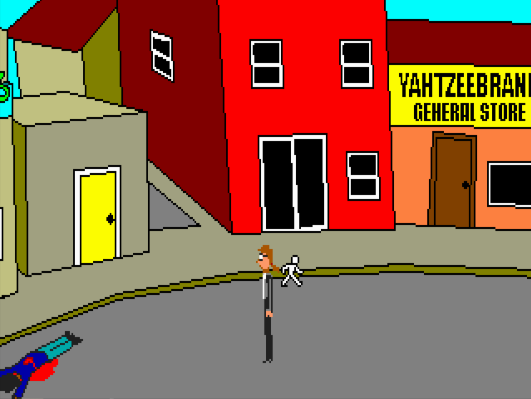
I had never actually played any of these before, so I thought that it would be a fun opportunity to check out the series through the Adventure Game Club (see link at top), starting with the first game. Lunchtime of the Damned is a point-and-click adventure released in 2001 and created by Ben Croshaw, who went on to be the YouTuber Yahtzee and makes a lot of videos that I don’t think are any good. This one has you accidentally creating a zombie and then stopping him before he can murder more people.
So, what did I think about it? It’s alright! It’s hard to be critical of it because it’s a game created by a community that was not only learning how to make adventure games, but also learning a new tool. It’s got obtuse moments with some puzzles being implemented in a clunky way and it’s doing the adventure game trope of an area not having anything interesting, but then leaving and coming back revealing something new to interact with. Some of the humor is dated and edgelordy but it’s still way better than I expected. There’s still something about it that’s charming to me though. I didn’t play any of the RON games at the time but I did play some of the other ones created by the AGS community, so the MS Paint art and lack of polish really works for me. I also think parts are genuinely funny and while there are some bits of puzzles that have issues, most of it is perfectly fine. It makes me wish I had played more AGS games at the time, because I think I would have really loved following along with these games and playing them as it came out. I also wish I didn’t spend more time figuring out how to get it to work, but that’s not the game’s fault. ScummVM does support AGS but I don’t believe it supports anything this old at the moment, so I ended up using a Windows 98 VM because DOSBox wasn’t working for me either.
It’s hard to have a Would I Recommend? thing for this because it’s only 15 minutes long and so much of it hinges on if you have been playing adventure games for a long time since it’s a little tricky to get this working. I can tell you I had fun playing it though. I would definitely recommend going back and just exploring the early AGS games if you’re a fan of the genre. Not just because I think it’s historically interesting and you can see where a lot of today’s adventure game designers came from, but also because there’s still a lot of good stuff in there.
Lunchtime of the Damned is available for free on the Reality-On-the-Norm website.

